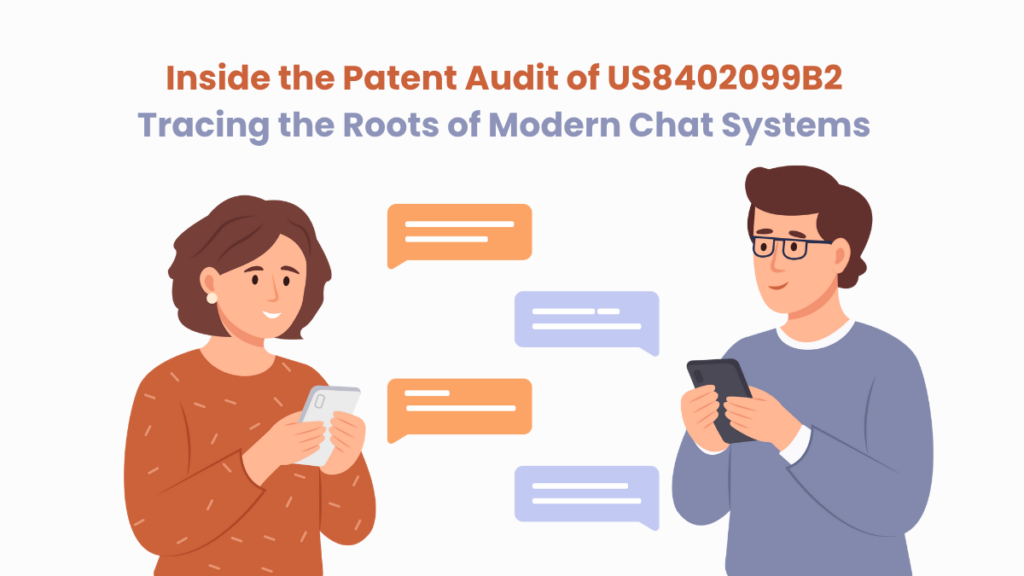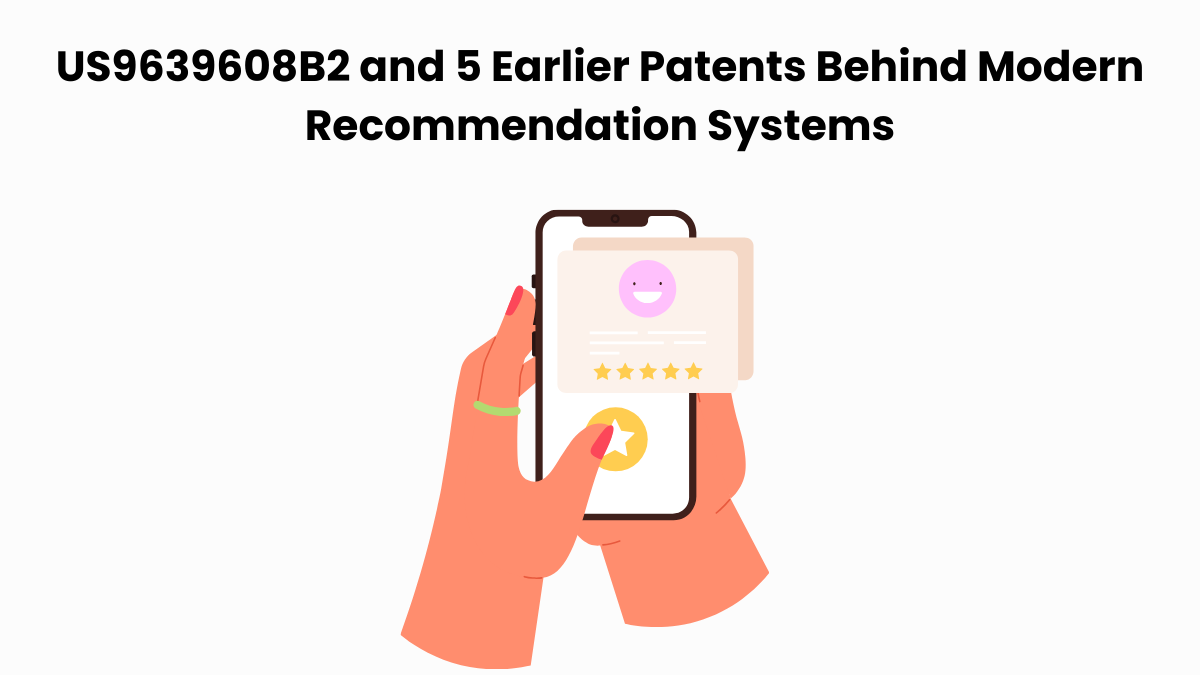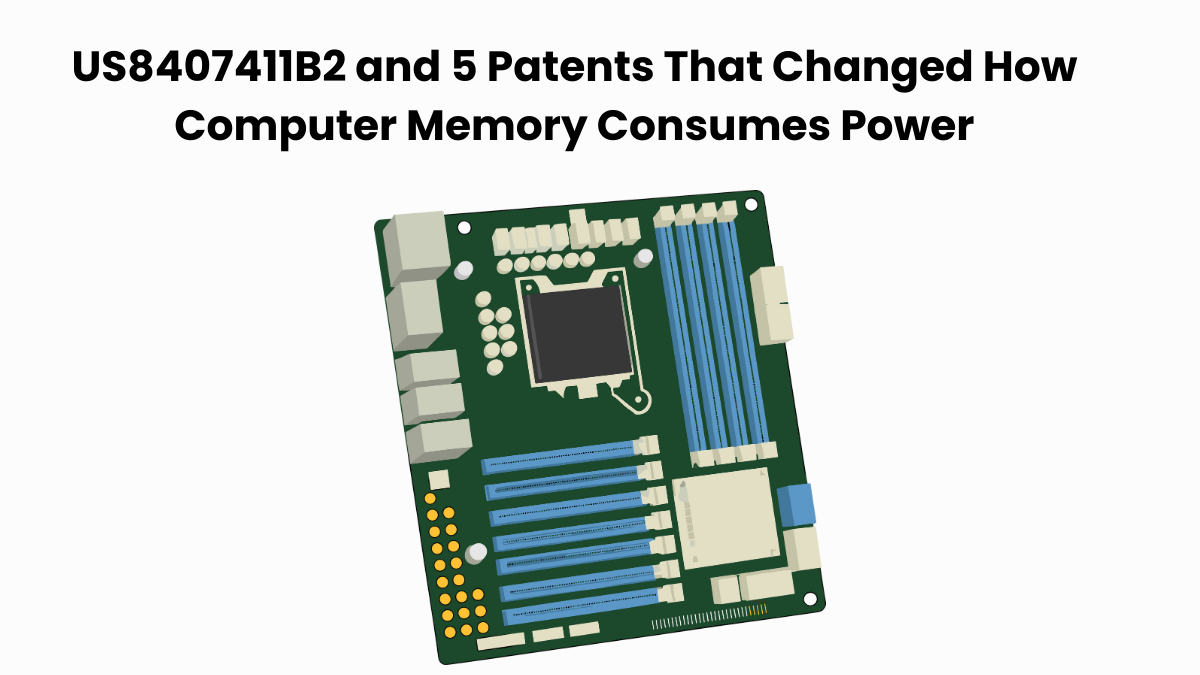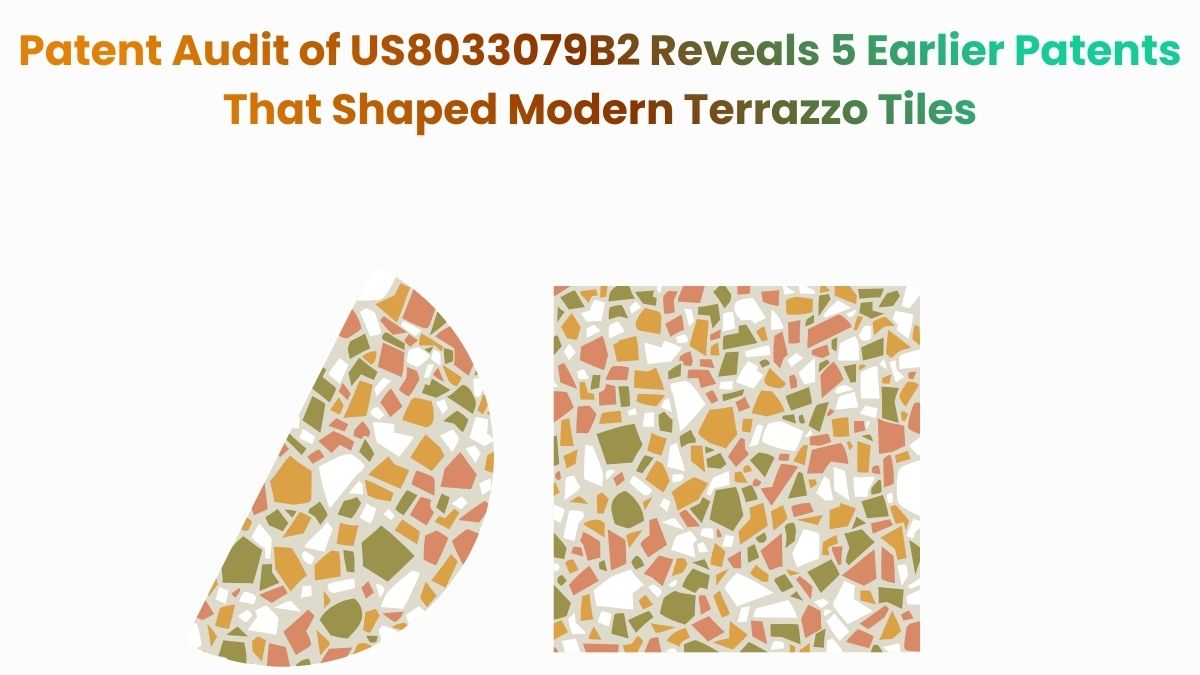Connecting strangers online feels easy today, but in the early 2000s, it was still a novel idea. Most chat systems required logins, friend lists, or prior connections, meaning you couldn’t just start a conversation with someone random.
Patent US8402099B2 changed that. It introduced a system that let users instantly start anonymous chats through a server or peer-to-peer link, without any setup. In many ways, it paved the way for modern platforms that let people connect and talk freely.
Because this technology became so widely used in online communication tools, the patent gained strong commercial value, which also made it a frequent subject of legal disputes.
To understand how this idea evolved, we used the Global Patent Search (GPS) tool to find other inventions built around the same concept of spontaneous, real-time chatting.
What Does US8402099B2 Cover?
Patent US8402099B2 describes a system that lets people chat, talk, or video call over the internet, even if they’ve never met before. The main idea is to let users create simple digital profiles that decide how they want to connect and who they want to talk to.
These profiles can handle everything, whether someone wants a one-on-one chat, a group conversation, or a random match with a stranger. The system manages how people are paired, what kind of data gets exchanged, and how messages or video streams are sent smoothly between them.
Key Features of US8402099B2:
- Custom user profiles: Each person sets up a profile with their preferences, such as login info, chat type, and communication settings.
- Flexible chat formats: The system supports different kinds of chats: private one-to-one, group broadcasts, and open discussions where anyone can join.
- Smart user matching: Users are placed in groups or pools based on their profiles. The system can connect them randomly or through specific search filters for live conversations.
- Organized system design: The backend is built in layers, including database, user management, communication control, and interface, so data moves smoothly and connections stay stable.
The patent US8402099B2 laid the foundation for the kind of real-time communication we now see in video conferencing, social apps, and live chat platforms. It turned spontaneous online interaction into a structured, scalable experience. It is something that feels effortless today, but was a big technical leap when it was introduced.
Related Read: A related advancement can be seen in US7895643B2, where networks authenticate data using embedded, non-visible cryptographic markers.
4 Patents Exploring Similar Ideas As US8402099B2
As real-time chat and communication technologies evolved, many inventors worked on similar ways to connect users seamlessly.
To see how US8402099B2 fits into this broader innovation landscape, we used the Global Patent Search tool to identify related patents that tackle similar challenges in connecting users through multimedia communication.
Let’s look at them one by one.
1. WO2009027323A2
WO2009027323A2, filed on August 21, 2008 describes one of the early systems for connecting users through video, audio, or text chat over the internet.
It introduced a setup where each user creates a digital profile stored on a server or shared network. These profiles decide how connections are made randomly, through saved contact lists, or using behavior tags, making real-time chatting more organized and flexible.
Feature summary of WO2009027323A2
Here are some of the key features of the worldwide application:
- Multimedia communication over TCP/IP or UDP: Uses standard internet protocols to support chat and media sharing between users.
- Virtual subscriber profiles: Let users build digital profiles that store preferences and communication history.
- User-controlled connection settings: Gives users the ability to decide how they connect randomly, through pre-saved contacts, or filtered by behavior.
- Hierarchical user pools: Group users into layered pools or categories to simplify matching and speed up connection time.
How WO2009027323A2 connects to US8402099B2
Both patents share the same foundation i.e. user profiles as the core of real-time communication.
While WO2009027323A2 introduced the idea of profile-driven matching, US8402099B2 expanded on it with features for layered chat environments and richer multimedia interactions.
Broader Significance
The patent marked an early step toward modern chat platforms that balance spontaneity with structure. It helped shape how users could find and connect with others instantly, laying the groundwork for anonymous video and text chat systems widely used today.
For a contrasting but complementary approach to web safety, see our analysis of US9118712B2, which implements a remote-rendering and browser isolation approach that rebuilds pages in a secure environment before delivery to the user.
2. US20050165719A1
The patent US20050165719A1, filed on January 27, 2004, describes a method and system for establishing concurrent communications across multiple, independently managed networks.
It focuses on enabling users to share multimedia content during simultaneous voice and data sessions. Participants can access a data communication service via terminal devices, allowing them to synchronize messaging and file exchange in real time while participating in separate voice conferences.

Source: US20050165719A1
Feature summary of US20050165719A1
Here are some of the key features of the US Patent application:
- Concurrent voice and data sessions: Lets users hold voice calls and multimedia chats at once, without one interrupting the other.
- Network-based multimedia sharing: Enables the exchange of images, videos, and files through managed IP networks.
- Device-based access: Users connect through their own terminals or devices linked to a central communication server.
- Session management across networks: Coordinates activity between different networks so sessions stay in sync even when data flows from multiple sources.
How US20050165719A1 Connects to US8402099B2
Both inventions focus on improving real-time digital communication.
While US20050165719A1 concentrates on keeping separate voice and data sessions synchronized, US8402099B2 builds on that idea to manage user interactions directly, allowing people to connect, match, and chat dynamically across platforms.
Broader Significance
The patent was an early step toward the seamless, multi-function communication tools we use today, from integrated messaging apps to video meeting platforms that handle voice, video, and file sharing simultaneously.
Recommended Read: US11290428B2 and 5 Patents That Made Digital Meetings Effortless
3. CN101682622B
The Chinese patent, filed on April 29, 2008, presents a multimedia communication method that operates over packet-based networks, specifically using TCP and UDP protocols. It focuses on the trade-offs between transmission speed and data integrity when choosing between these protocols.
The invention outlines how real-time audio and other media streams are transmitted over a network, emphasizing efficiency in communication through fast, connectionless protocols like UDP.
Feature summary of CN101682622B
Here are some of the key features of the Chinese patent:
- Use of TCP and UDP protocols: Explains how both protocols support data transfer, balancing speed (UDP) and stability (TCP).
- Packet-based network design: Uses packet switching to move audio and media data smoothly between devices.
- Real-time audio transmission: Focuses on delivering sound instantly for live or voice-based communication.
- Protocol flexibility: Allows switching between protocols depending on whether faster delivery or better accuracy is needed.
How CN101682622B Connects to US8402099B2
Both patents explore how multimedia data travels over networks in real time.
CN101682622B handles the technical layer, how information moves quickly and reliably whereas US8402099B2 applies that foundation to user interactions, using those same network principles to create seamless real-time chat experiences between people.
Broader Significance
The invention shaped the backbone of fast online communication. By refining how voice and media data move through networks, it laid the groundwork for today’s high-speed chat, video, and streaming platforms that depend on smooth, low-latency performance.
4. US20070120969A1
US20070120969A1, filed on August 29, 2006, introduces an audio-visual communication system that allows users to connect over a computerized network for sharing multimedia data.
It includes a configuration where two or more users engage in live visual and audio communication using their respective networked devices. The reference clearly relies on network protocols such as TCP/IP for data exchange, enabling real-time communication across terminals.
Feature summary of US20070120969A1
Here are some of the key features of the US Patent application:
- Multimedia communication between terminals: Supports real-time audio and video sessions between devices connected to the internet.
- Device-to-device connectivity: Describes how users’ devices can link directly to start live communication sessions.
- Use of standard network protocols: Relies on common internet protocols such as TCP/IP to ensure smooth transmission of multimedia data.
- Real-time handling of sound and visuals: Focuses on managing both image and sound streams for a synchronized live experience.
How US20070120969A1 Connects to US8402099B2
Both inventions deal with real-time user communication through multimedia data.
US20070120969A1 focuses on enabling live video and audio exchanges between users, while US8402099B2 builds on that concept by adding dynamic user profiles, random pairing, and structured chat environments that make those connections more flexible and interactive.
Broader Significance
This patent helped define how live video and audio streaming could happen directly between users. It set the foundation for modern video call and conferencing platforms, from early webcam chat tools to today’s large-scale virtual meeting systems.
5. US20060259586A1
The patent application, filed on February 1, 2006, focuses on how users can share and collaborate on data through networked systems. It describes an account-based setup that lets people log in, access shared resources, and exchange information securely.
The system uses internet communication protocols like TCP/IP and UDP, along with VoIP technology, to make interaction and data sharing possible across connected devices.
Feature summary of US20060259586A1
Here are some of the key features of the US patent application:
- Account-based user access: Users can log into the system using stored credentials and role-based permissions to manage security and access.
- VoIP over TCP/IP or UDP: Uses internet-based voice protocols to enable smooth communication between connected devices.
- Client–server framework: Establishes a network where a central server manages user devices and shared data environments.
- Collaborative data sharing: Focuses on letting multiple users view, edit, and exchange digital files within a shared workspace
How US20060259586A1 Connects to US8402099B2
Both patents aim to make digital communication faster and smoother.
Where US20060259586A1 achieves this through managed collaboration environments, US8402099B2 pushes the concept into direct, real-time conversations between individuals.
Broader Significance
The patent represents an early stage in blending communication and collaboration online. Its ideas contributed to how we now use shared platforms, from document collaboration tools to messaging systems that integrate voice and data for teamwork in real time.
Together, these inventions show how real-time chat technology evolved from basic multimedia exchanges to dynamic, profile-driven communication systems.
To understand how this ecosystem continues to grow, Global Patent Search tool can help explore related innovations shaping spontaneous online interaction.
Exploring Real-Time Communication Technologies with Global Patent Search Tool
When developing communication technologies, it’s vital to understand how similar patents address the same challenges in connectivity, user pairing, and data exchange.
The Global Patent Search tool simplifies this process by surfacing patents that share comparable architectures or solve related problems.
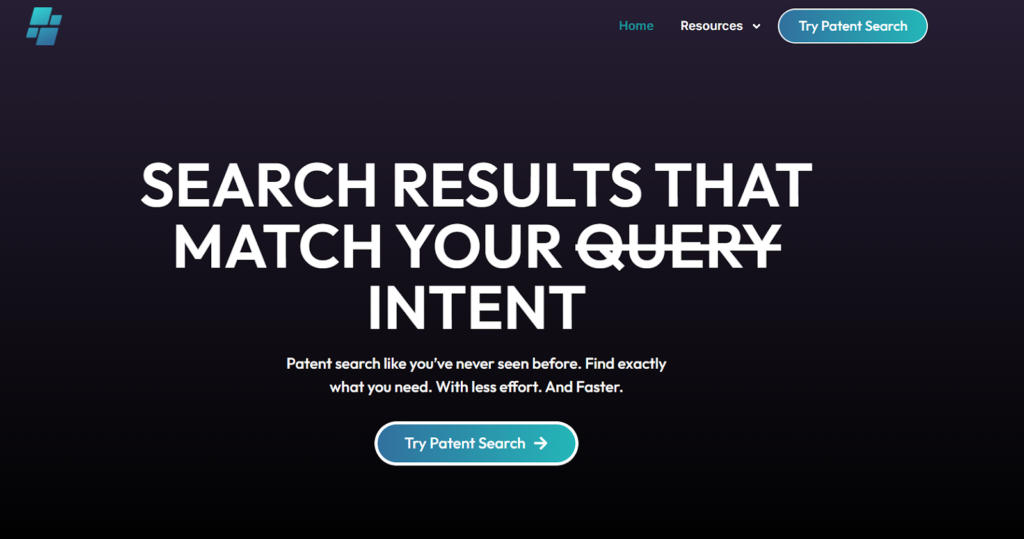
Here’s how you can use it to explore the real-time communication landscape:
- Start with a patent number: Enter US8402099B2 in the Global Patent Search tool to discover other inventions that use similar multimedia communication principles. You can also search with terms like “peer-to-peer communication” or “profile-based matching”.
- View curated snippets: GPS presents focused text snippets instead of full claims, making it easier to see how each patent tackles connection setup, user matching, or media synchronization.
- Review matching results in detail: Click into any related patent to see how closely it aligns with the original, complete with disclosure statuses and direct textual excerpts.
Whether you’re analyzing chat systems, video conferencing tools, or social communication platforms, Global Patent Search helps uncover the technical patterns driving real-time connection and interaction worldwide.
Disclaimer: The information provided in this article is for informational purposes only and should not be considered legal advice. The related patent references mentioned are preliminary results from the Global Patent Search tool and do not guarantee legal significance. For a comprehensive related patent analysis, we recommend conducting a detailed search using GPS or consulting a patent attorney.

